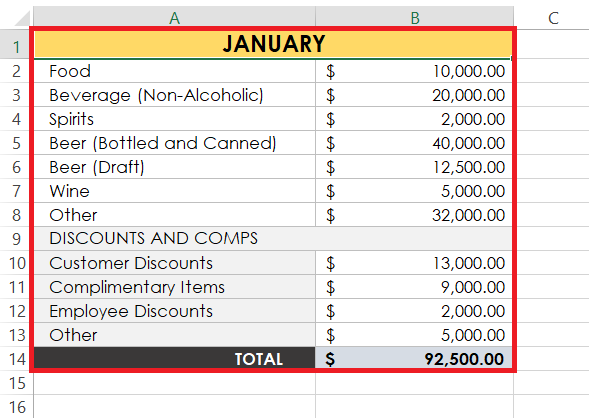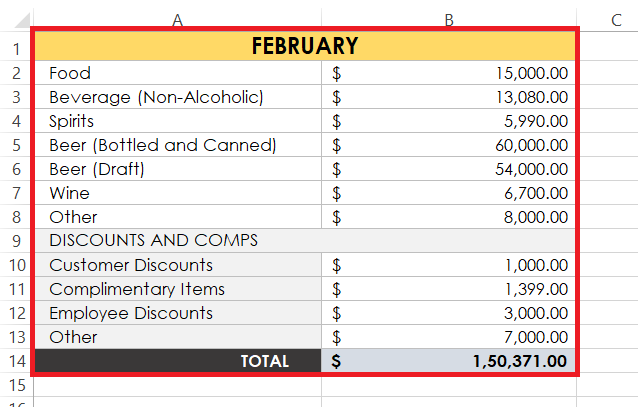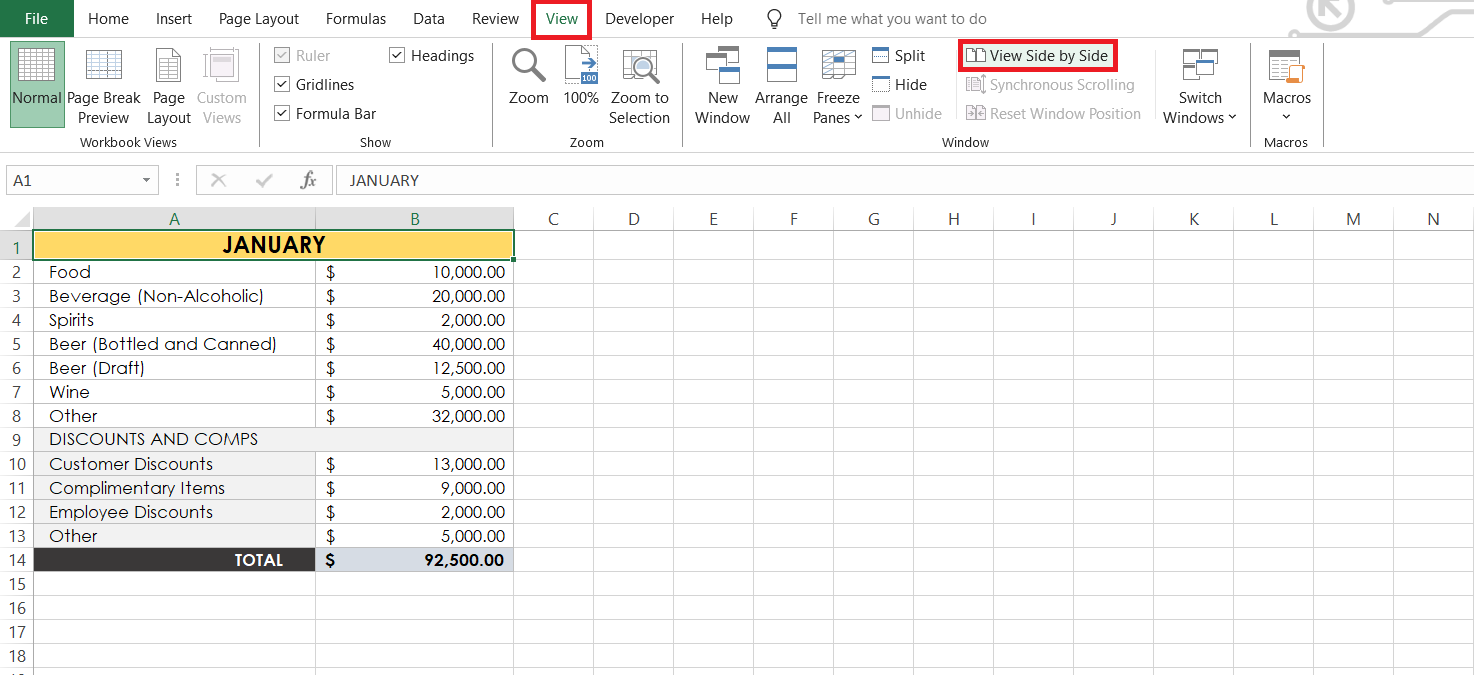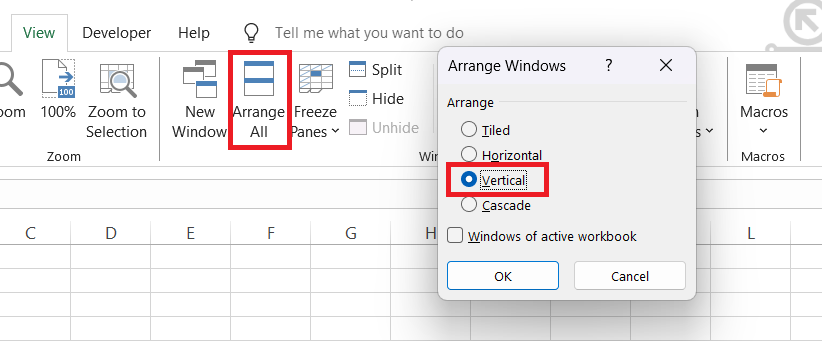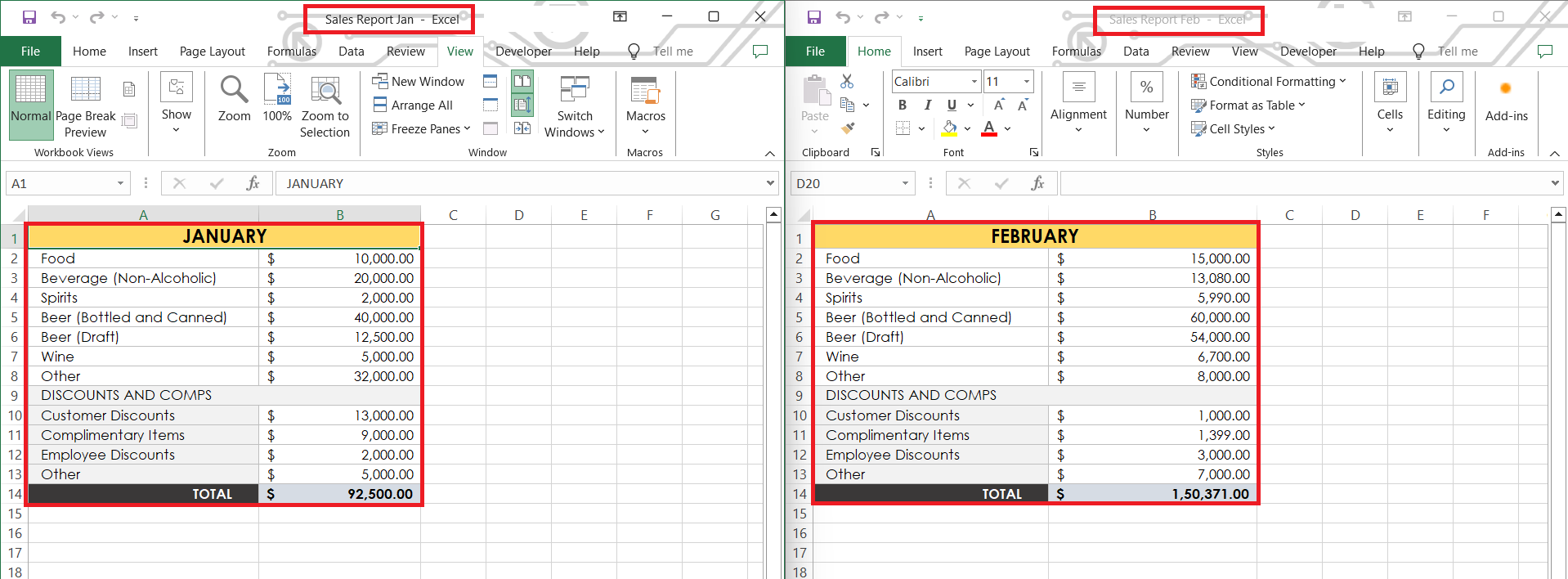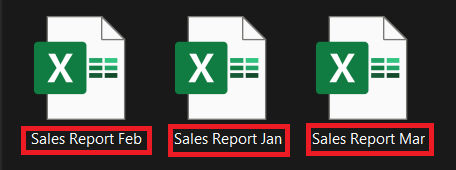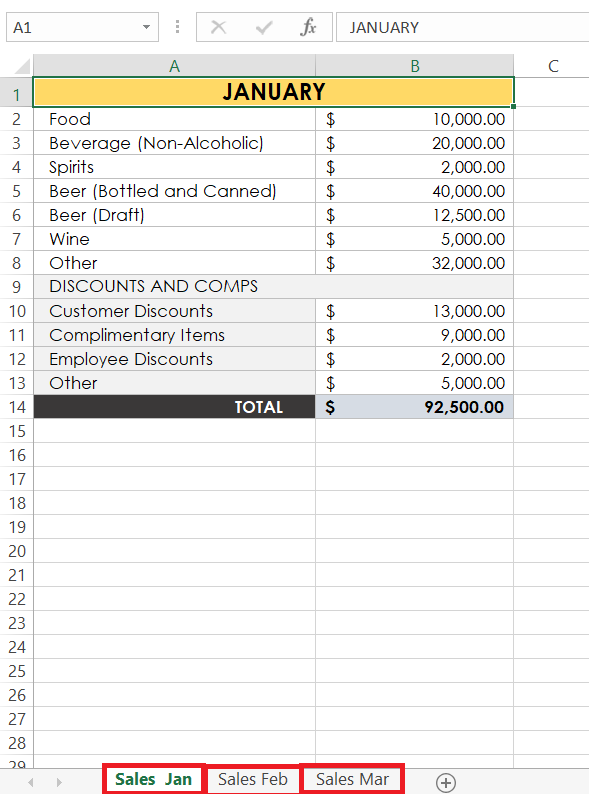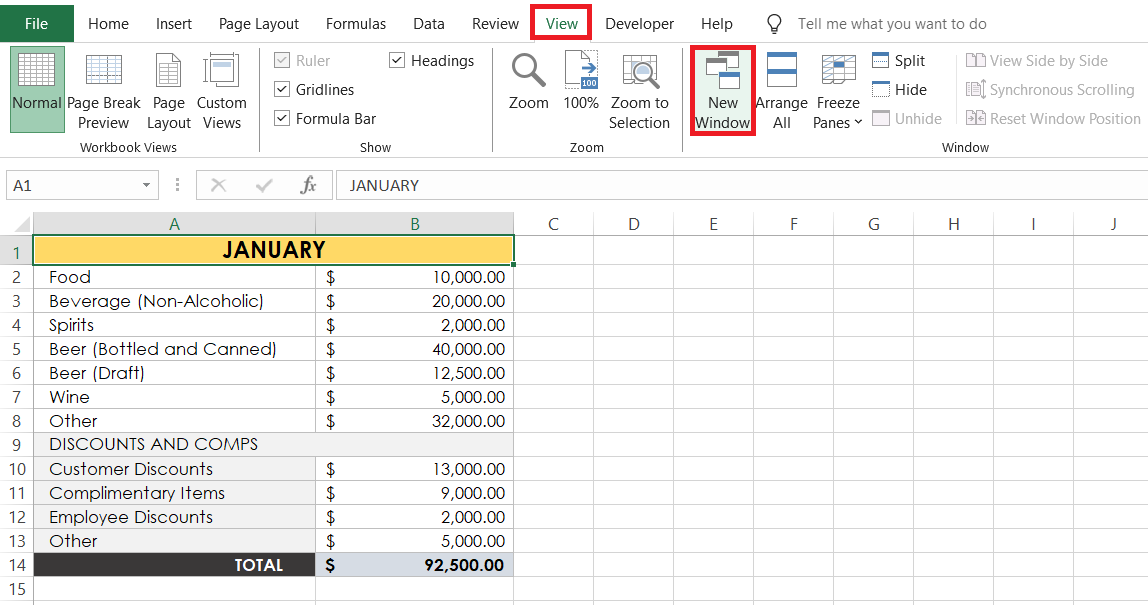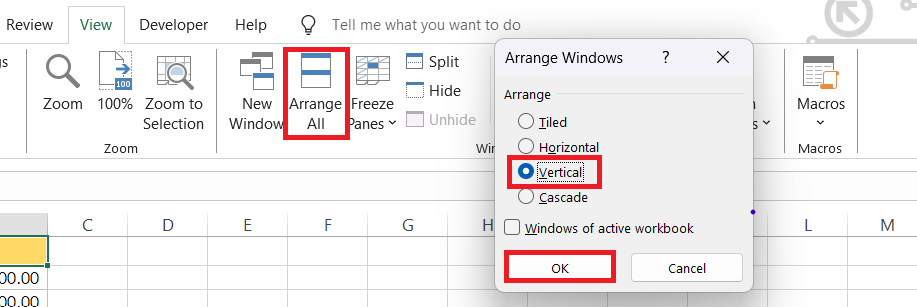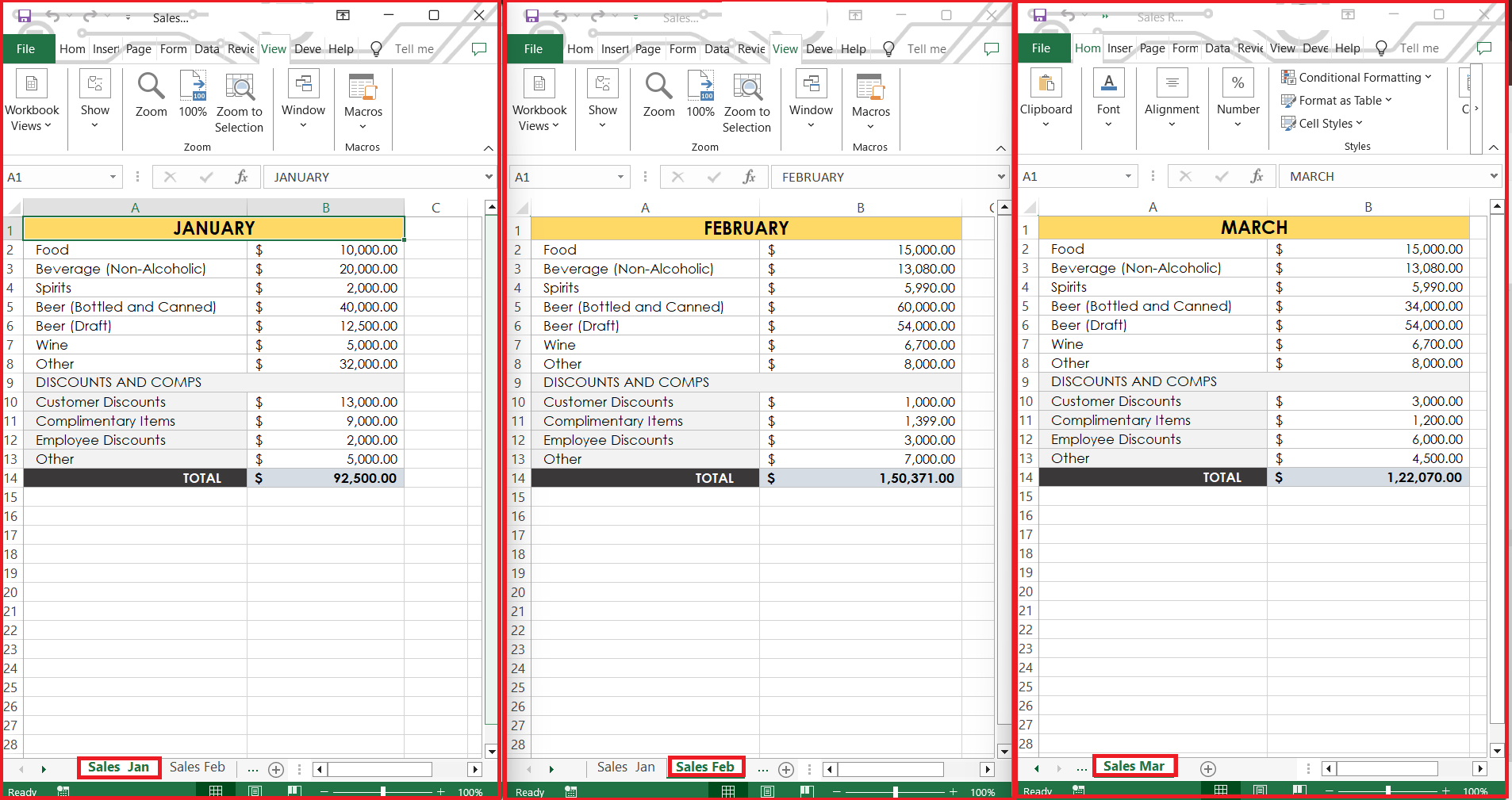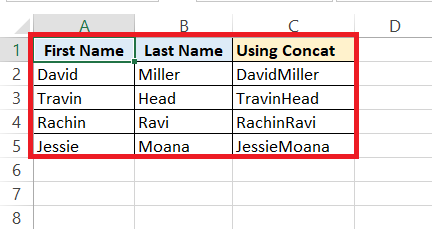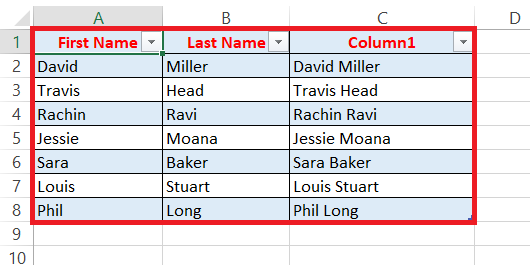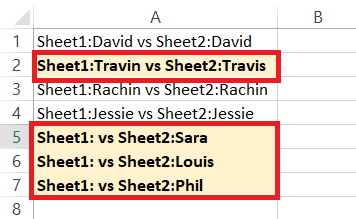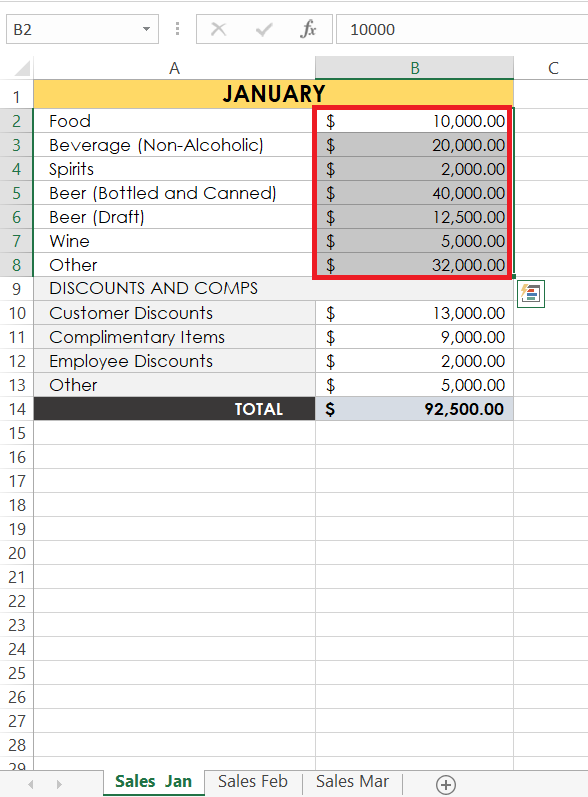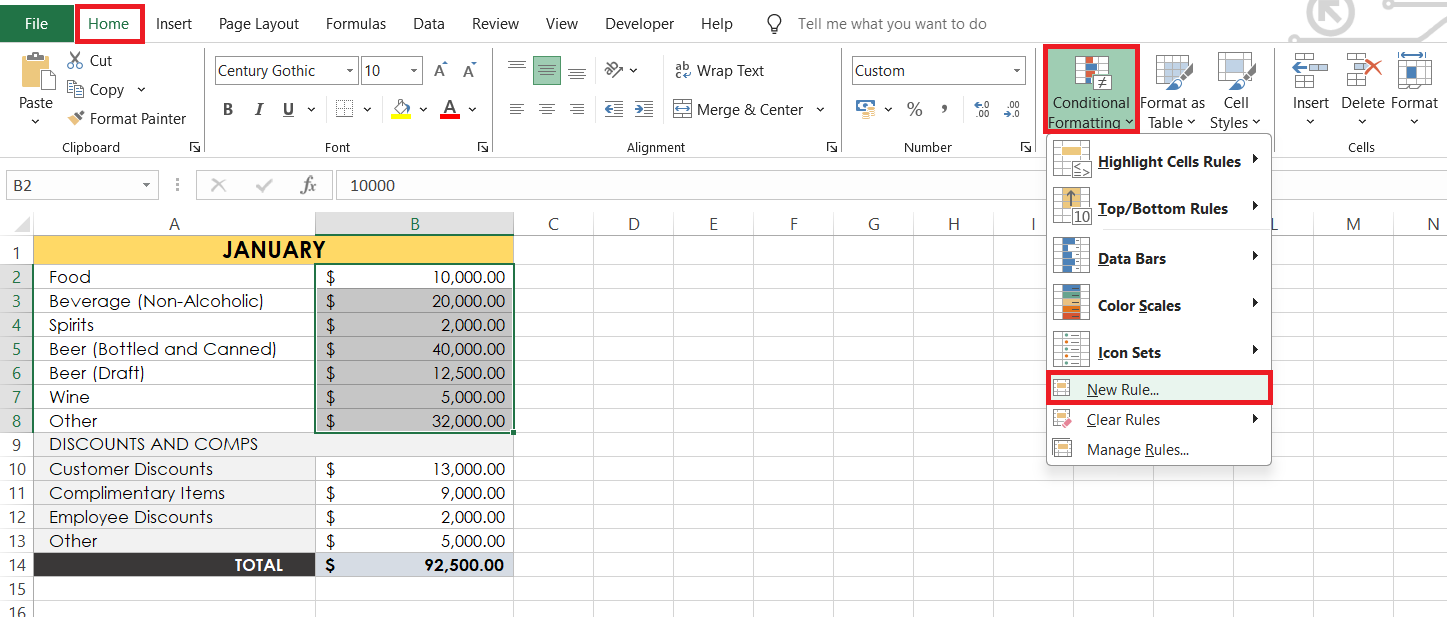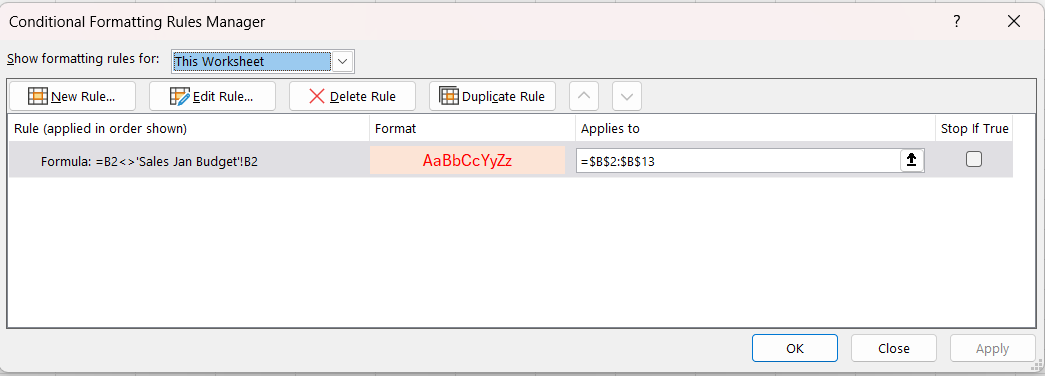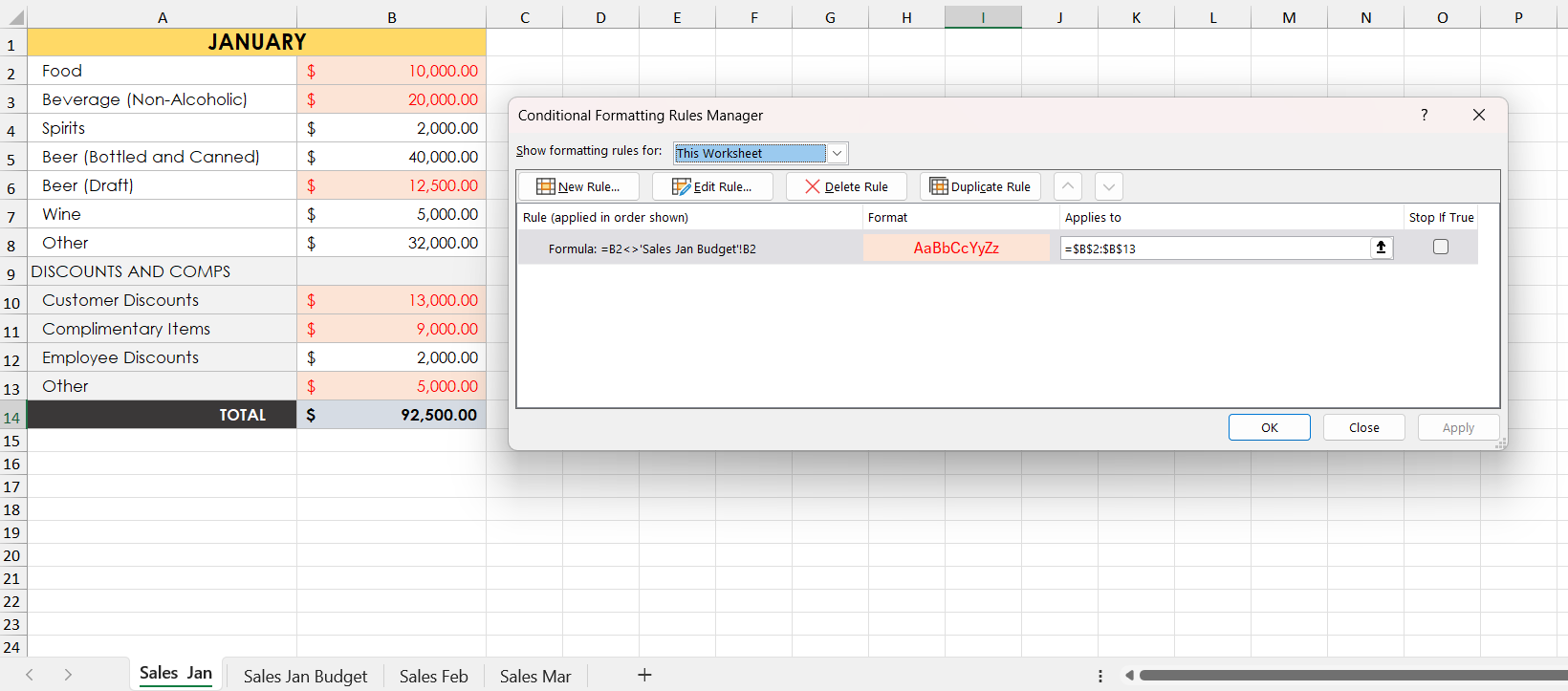Comparing two Excel files is a crucial skill for anyone dealing with data analysis, financial reporting, or inventory management. This process helps ensure accuracy by identifying discrepancies and aligning data across different sources. While it might seem daunting at first, Microsoft Excel offers a variety of built-in tools and techniques to make comparisons straightforward and efficient. In this article, we will cover the top 4 methods on how to compare two Excel files.
Key Takeaways:
- Excel’s ‘View Side by Side’ feature allows you to compare two sheets, enhancing your ability to spot differences quickly by scrolling through them side by side.
- It can be used to compare two or more sheets or workbooks simultaneously.
- Conditional formatting highlights discrepancies within your data, automatically applying formatting to cells that meet specific criteria.
- It makes it easier to visually compare and analyze large datasets.
Table of Contents
Introduction
Simplifying Excel File Comparisons
Excel file comparisons can often seem daunting whether you’re reconciling financial statements or tracking inventory changes. The good news? Modern-day tools are designed to streamline this process, taking the headache out of the task and ensuring accuracy.
Imagine the ability to swiftly spot disparities in your datasets, with just a few clicks. This is the convenience that specialized software brings to your desktop. By automating comparisons, you can trust that even the minutest differences won’t slip past you.
Streamlining Data Analysis with Effective Techniques
Efficient data analysis hinges on the ability to quickly compare and contrast spreadsheets. Whether you’re combing through sales figures or merging data sets, you need robust techniques that can keep pace with your analytical demands.
Thankfully, a range of Excel capabilities are tailor-made for this purpose. From simple cell highlighting to complex formulae and macros, Excel offers an arsenal of options to streamline data analysis. By mastering these techniques, you can reveal insights more swiftly and make data-driven decisions with confidence.
Using Built-In Excel Features
Viewing Multiple Sheets Side by Side
When it’s time to compare, Excel’s ‘View Side by Side‘ feature is like having an eagle eye for spotting disparities in your sprawling sheets. Let’s say you’re sifting through sales reports from two different months seeking to understand product performance fluctuations.
STEP 1: To utilize this feature and juxtapose your data sets, start by opening the two sheets you wish to compare.
- Sales Report- January
- Sales Report- February
STEP 2: Then, with a simple navigation to the “View” tab and a click on the “View Side by Side” button, your sheets will snugly align, permitting a simultaneous, panoramic view of your data landscapes.
- Use ‘Arrange All’ and then select ‘Vertical’ to align the sheets vertically.
STEP 3: As a result, you can swiftly scroll through both sheets simultaneously, matching data line by line or column by column, ensuring nothing eludes your analysis.
Note: The same process can be done for anyone working on multiple workbooks i.e., > 2 workbooks.
Compare Two Sheets within the Same Workbook
STEP 1: Open your workbook in Excel.
STEP 2: Go to the “View” tab, and in the “Window” group, click the “New Window” button. This opens the same workbook in a new window.
STEP 3: Click the “View Side by Side” button on the ribbon.
STEP 4: In the first window, select Sheet 1, in the second window, select Sheet 3 and finally in the second window, select Sheet 3.
- Use ‘Arrange All’ and then select ‘Vertical’ to align the sheets vertically.
- RESULT-
How to Compare Two Worksheets for Differences in Values
Jumping into Inquire for Excel comparisons is like having a detective at your fingertips, keen to unravel the mysteries between your worksheets.
Let’s have a look at the two sheets; namely
- Sheet 1
- Sheet 2
It is the most straightforward method for identifying cells with differing values when comparing data in Excel. You’ll have a difference report in a new worksheet as a result.
STEP 1: Simply create a new, blank Excel page here, Sheet3 type the following formula in cell A1;
=IF(Sheet1!A1<>Sheet2!A2,”Sheet1:”&Sheet1!A2&” vs Sheet2:”&Sheet2!A2,””)
STEP 2: And then move and drag the fill handle to the right and down to compare the two spreadsheets for differences.
- Because relative cell references are used, the formula will vary depending on how the column and row are positioned relative to one another. Here we can see the difference between the two sheets in cell A2, A5, A6 & A7 of Sheet 3.
INFERENCE:- It means that in Sheet 3;
- Cell A2 shows a discrepancy in the spelling of the First name of the person.
- Cell A5, A6 & A7 highlight that the First Names; Sara, Louis, and Phil are not a part of Sheet 1 data.
Hence, this tool is perfect for auditing purposes, ensuring that all alterations are intentional and accounted for, keeping your data’s integrity in check.
Compare two sheets using Conditional Formatting
STEP 1: Highlight the data range in the first sheet.
STEP 2: Go to the “Home” tab, click “Conditional Formatting,” then choose “New Rule.”
STEP 3: Select “Use a formula to determine which cells to format.” Enter =B2<>’Sales Jan Budget’!B2, set the desired format, and click “OK.”
STEP 4: This highlights discrepancies between the sheets.
FAQ: Addressing Common Excel Comparison Questions
How Do I Compare Two Spreadsheets Without a Third-Party Tool?
You can compare two spreadsheets without a third-party tool by utilizing Excel’s built-in features. Start by opening both spreadsheets and arranging them side by side using the ‘View Side by Side‘ option under the ‘View’ tab. Employ ‘Conditional Formatting’ to highlight differences or write formulae to check for discrepancies cell by cell. Pivot tables can also effectively summarize and compare large data sets. Remember to save your work regularly during the process!
What Should I Do If My Excel Files Are Too Large to Compare Manually?
For Excel files too large to compare manually, break the task into smaller chunks, or use pivot tables for summarizing and analyzing the data. Advanced filter options and the ‘Remove Duplicates’ feature can also simplify the data before comparison. In cases where built-in tools fall short, consider a specialized Excel comparison tool to handle the heavy lifting with greater efficiency and less manual intervention.
What is View side by side?
The ‘View Side by Side’ feature in Excel allows you to place two workbook windows alongside each other, horizontally or vertically. It’s ideal for comparing two workbooks or sheets visually, line by line, or cell by cell. This feature also synchronizes scrolling, so as you move through one workbook, the other moves correspondingly, making it easier to spot discrepancies between them. It’s a quick method for manual comparisons and is accessed from the ‘View’ tab within Excel.
What is Conditional Formatting in Excel?
Conditional formatting in Excel is a powerful feature that allows users to automatically apply formatting, such as font or background color, to cells that meet specific criteria. This dynamic style of formatting makes it easier to visually analyze data by highlighting key information, such as outliers, duplicates, or differences between datasets, without the need to manually set formatting for each individual cell.
John Michaloudis is a former accountant and finance analyst at General Electric, a Microsoft MVP since 2020, an Amazon #1 bestselling author of 4 Microsoft Excel books and teacher of Microsoft Excel & Office over at his flagship MyExcelOnline Academy Online Course.

